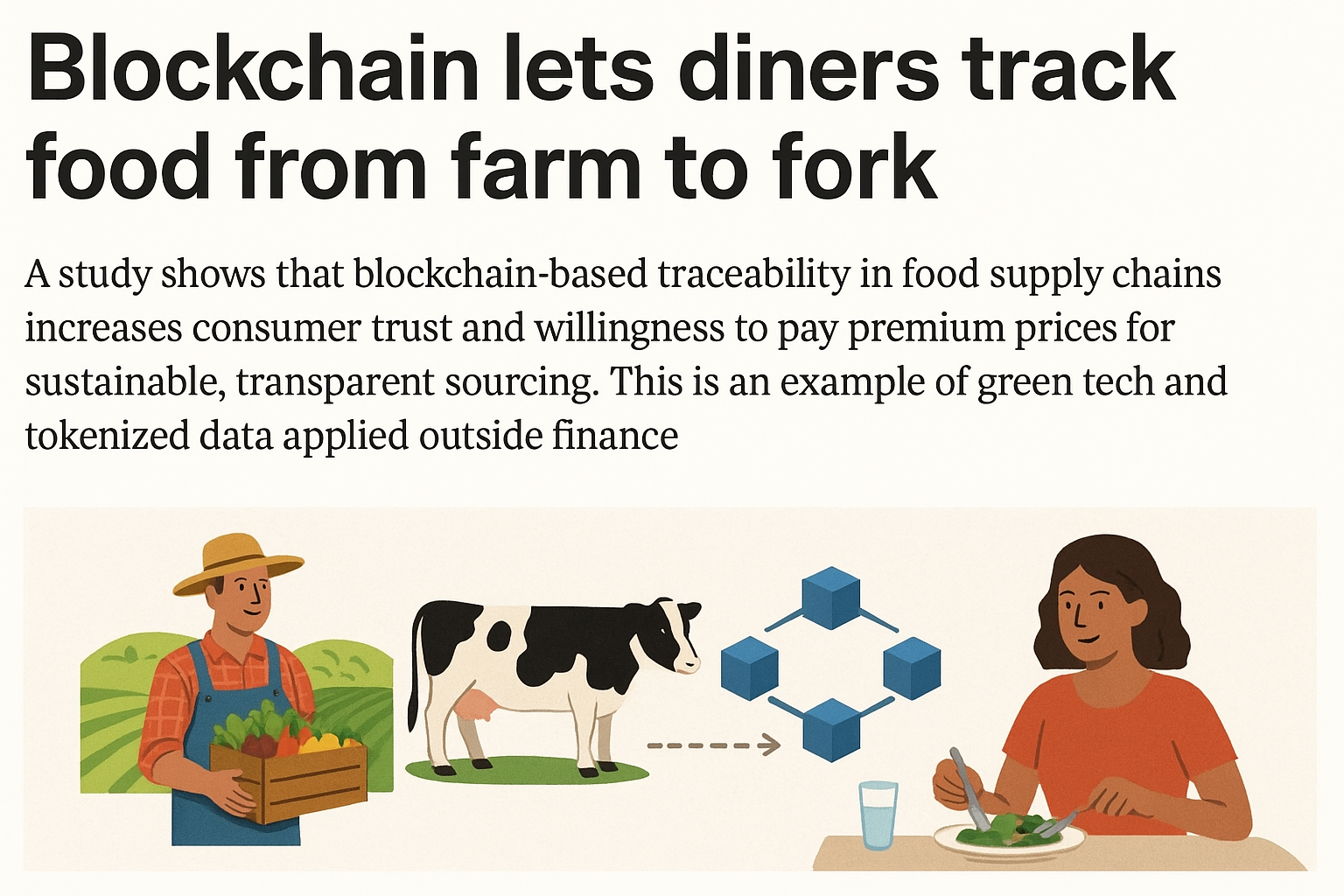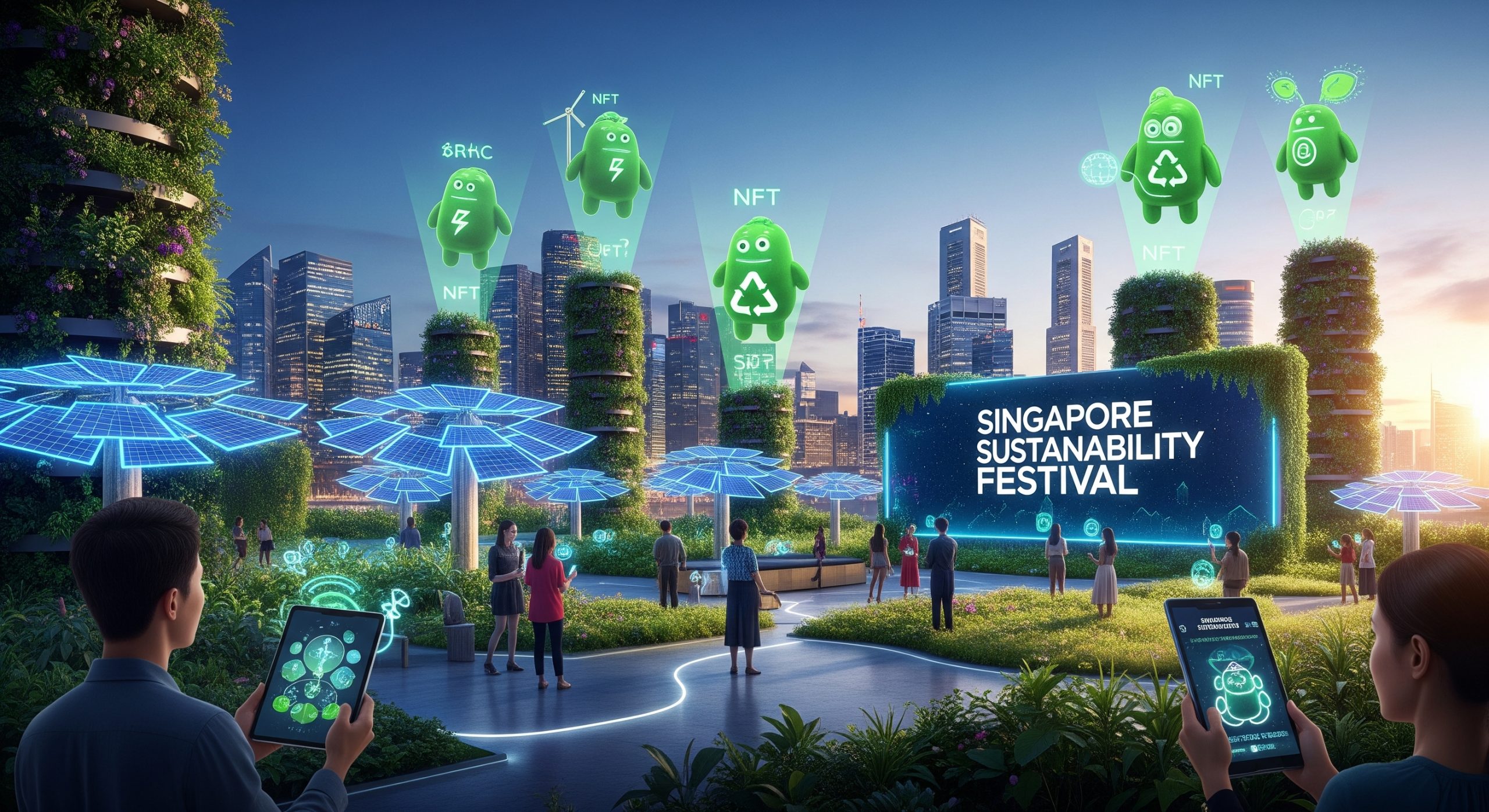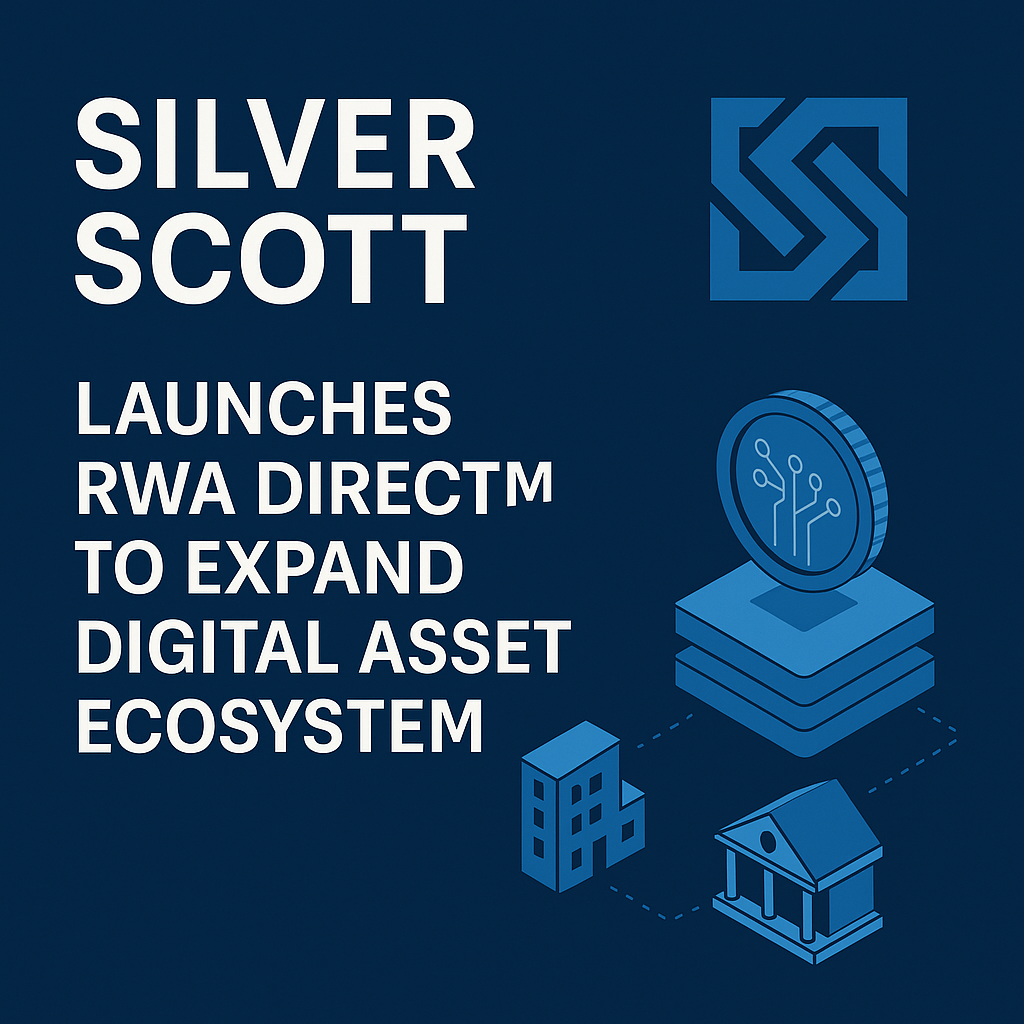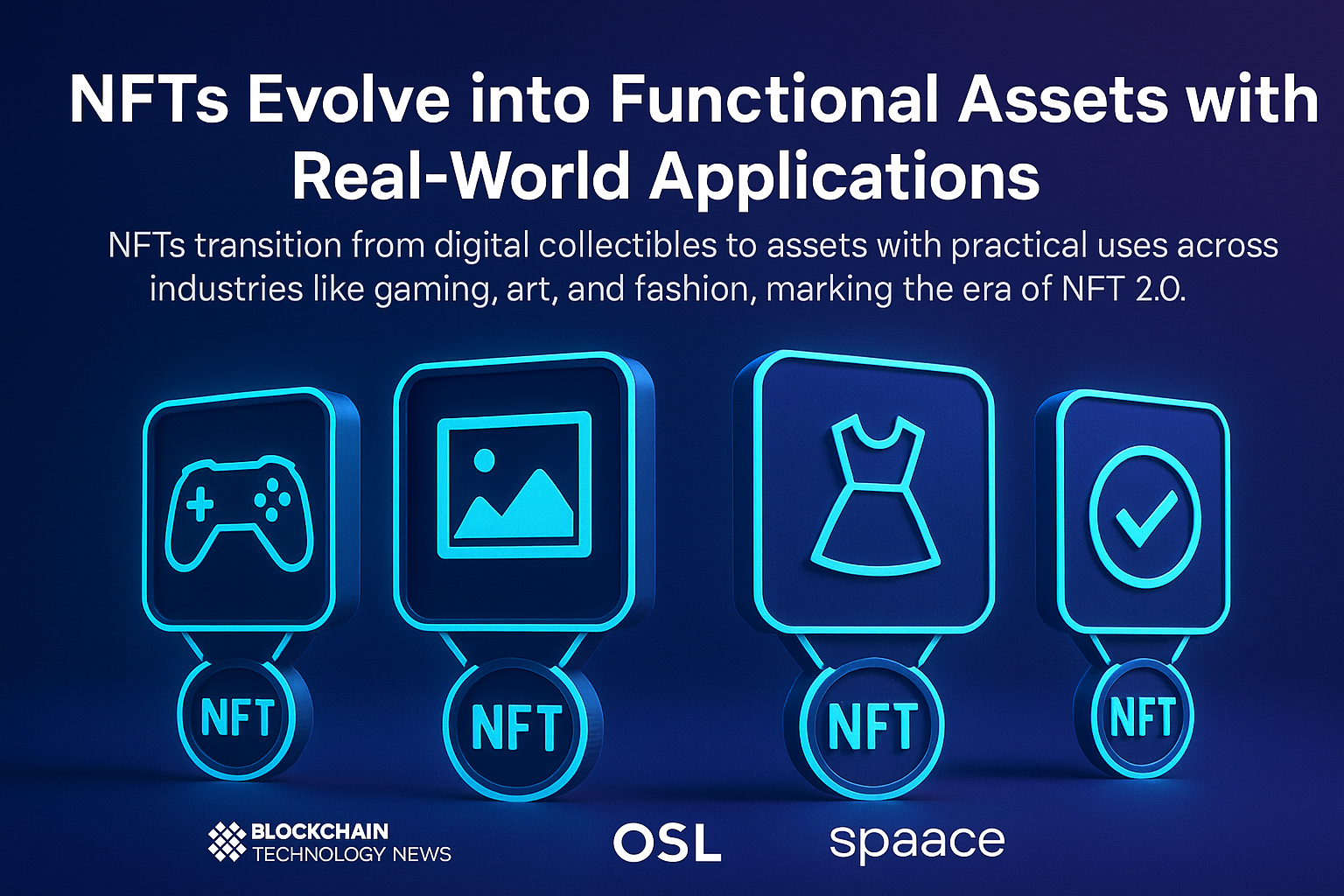In a world where consumers increasingly care about what’s on their plate—and how it got there—blockchain technology is quietly transforming the way food moves from farm to fork. What began as a financial innovation is now being used to build trust, sustainability, and accountability in the food supply chain. A recent study highlighted by National Hog Farmer shows that blockchain-based traceability doesn’t just make supply chains more transparent—it also increases consumer trust and their willingness to pay premium prices for responsibly sourced, sustainable food.
The Transparency Revolution in Food Supply Chains
Food supply chains are notoriously complex. From farmers and processors to distributors and retailers, each link adds a layer of opacity that can make it nearly impossible to verify the origins of food products. This lack of visibility contributes to food fraud, waste, and consumer skepticism. Blockchain, however, changes that dynamic by providing a secure, immutable ledger that tracks every step a product takes along its journey.
Each participant—from the farmer to the supermarket—records transactions on a decentralized digital ledger. The result is a tamper-proof record of where, when, and how food was grown, processed, and transported. For the first time, consumers can verify claims like “organic,” “grass-fed,” or “locally sourced” not just by branding, but through verifiable data stored on the blockchain.
Consumer Trust Becomes a Currency
The study revealed that this level of transparency fundamentally reshapes consumer behavior. When diners can trace their food’s journey, they are more likely to trust producers and pay higher prices for sustainable sourcing. In effect, blockchain doesn’t just make food traceable—it monetizes trust.
Imagine scanning a QR code on your carton of milk to see the exact farm it came from, the feed the cows ate, and the date of processing. Such details, validated by blockchain, give buyers confidence that what they’re purchasing aligns with their ethical and environmental values.
From Financial Tech to Green Tech
This shift is also part of a larger trend: blockchain’s evolution beyond finance. Once associated solely with cryptocurrencies, blockchain technology is now being reimagined as a form of green tech—a digital infrastructure that supports sustainability goals. Tokenized data, once used to represent digital money, now represents the journey of tomatoes, beef, or coffee beans.
By ensuring accuracy and accountability, blockchain systems help reduce waste, prevent fraud, and optimize logistics. Farmers can gain better prices through verified organic certifications, and companies can reduce recalls by pinpointing contamination sources instantly. The entire ecosystem becomes more efficient, ethical, and eco-conscious.
The Tokenization of Trust
At its core, blockchain-enabled traceability turns information into a kind of digital asset. Each verified data point—a timestamp, a temperature log, a certification—becomes a token of trust that adds value to the product. This concept of “tokenized trust” represents one of the most powerful applications of blockchain outside of traditional finance.
It’s not hard to imagine a future where blockchain-based food passports become standard practice, allowing diners worldwide to verify every step of their food’s origin story. This could reshape global trade, pushing companies to maintain higher ethical standards and creating a transparent bridge between producers and consumers.
The Future Is Transparent
The farm-to-fork journey has always been about connection—between people, land, and food. Blockchain technology is reviving that connection, not through nostalgia, but through data. It’s bringing visibility and accountability to one of humanity’s oldest systems: the way we feed ourselves.
As more food producers, retailers, and restaurants adopt blockchain traceability, the benefits will ripple across industries. Consumers will know more, waste will drop, and trust will rise. In a sense, blockchain is doing for food what it once did for finance—disrupting an entire system by making it open, verifiable, and human-centered.




